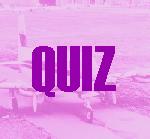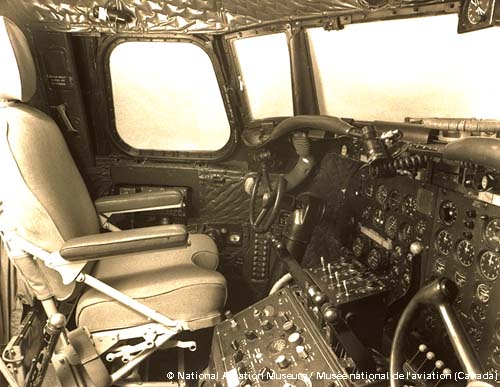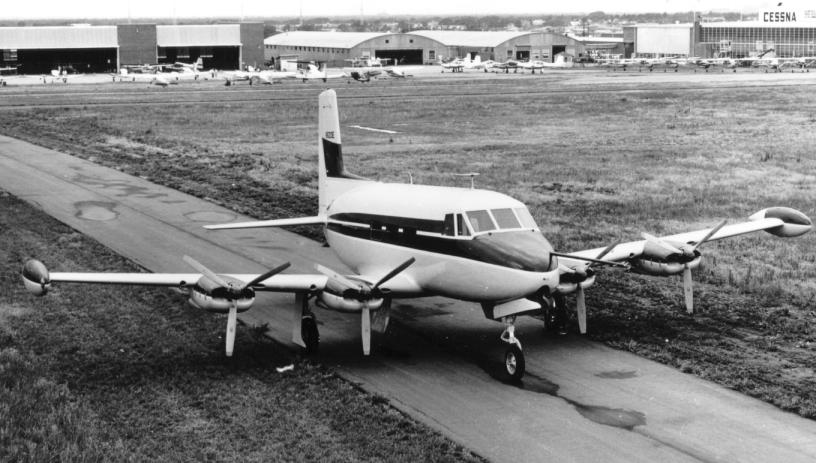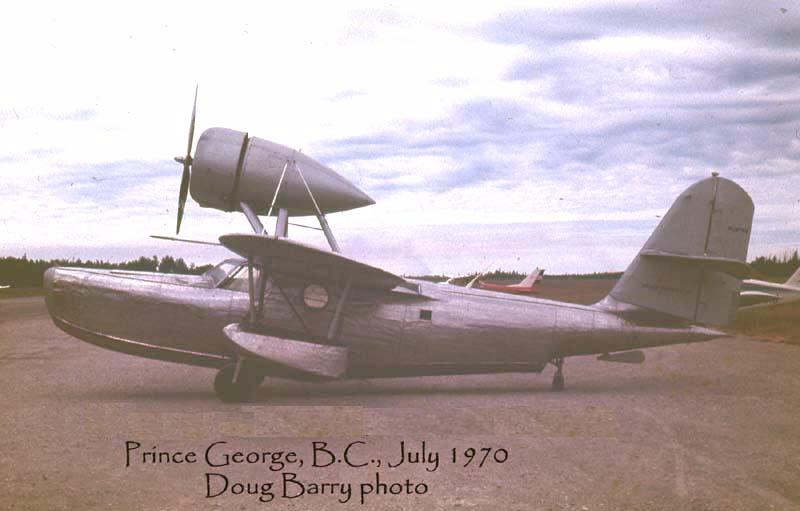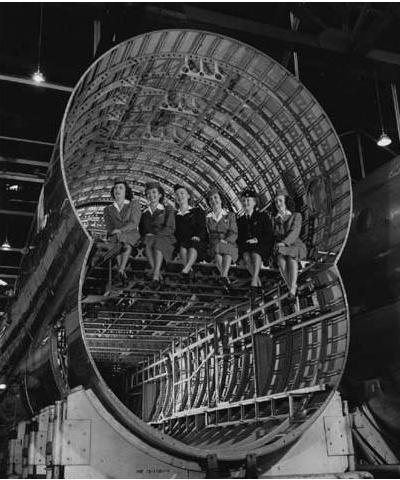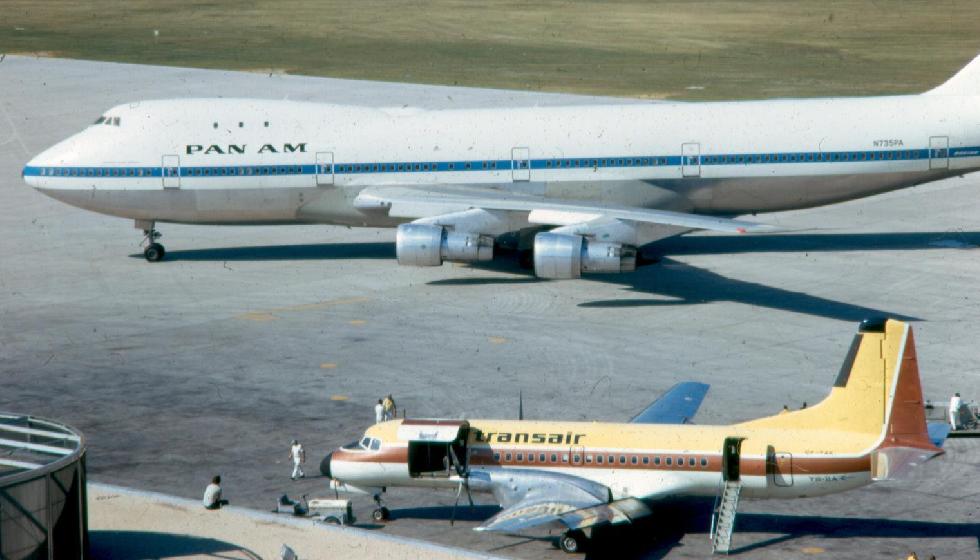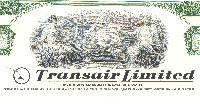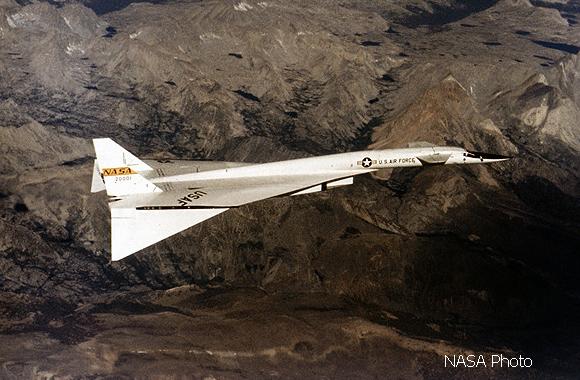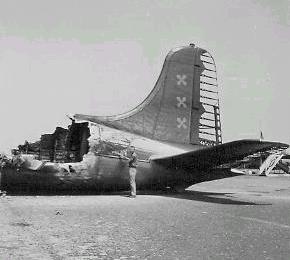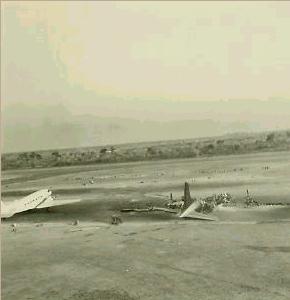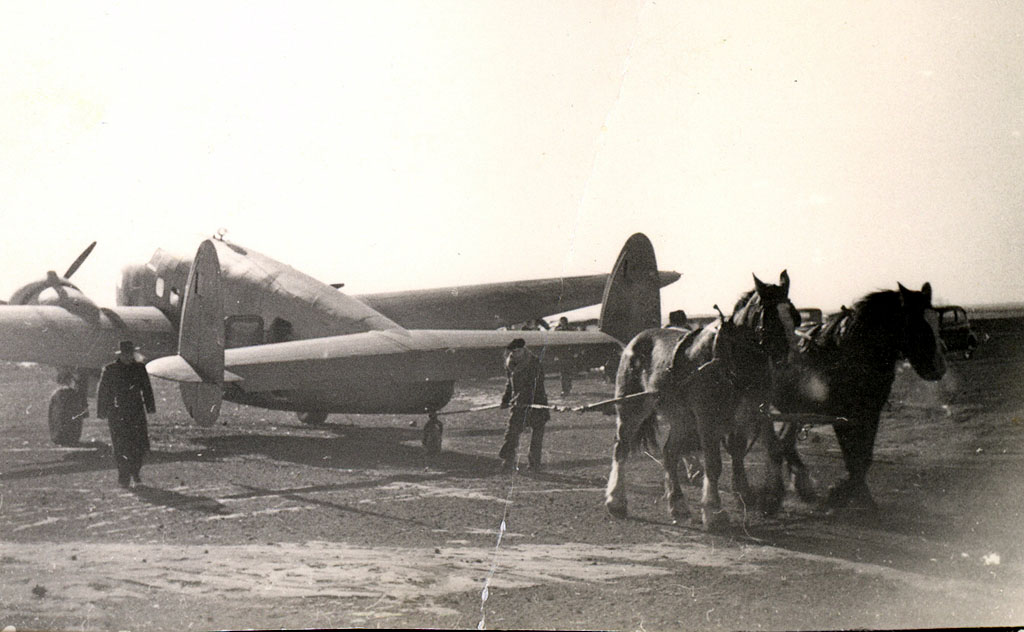| History: August 10,1949, the Canadian AVRO Jetliner, built in Toronto, was the first jet transport to fly in North America; it was only two weeks behind the first in the world, the British de Havilland Comet. Within a few flights, the Jetliner exceeded 430kts whereas the most advanced transports of the day achieved about 240 kts. |
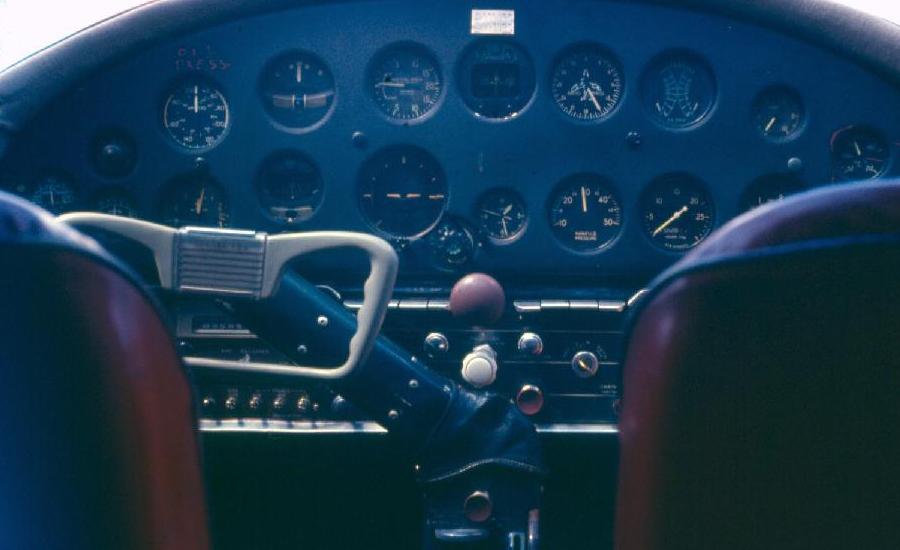 |
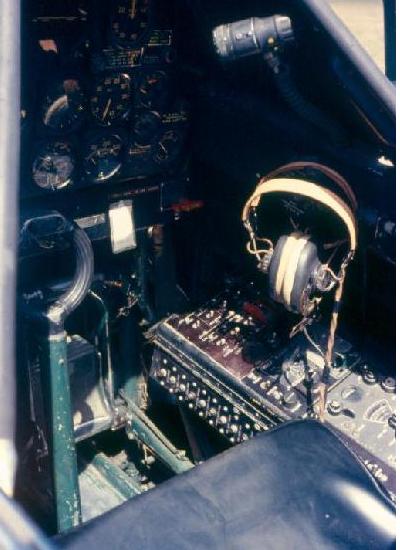 |
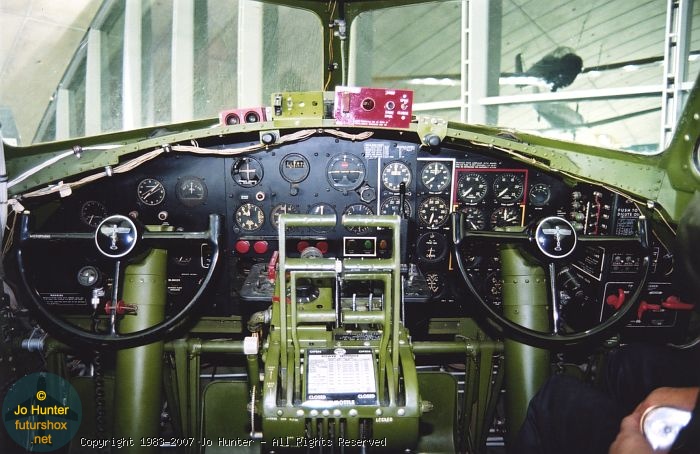 TQ6: Which aircraft featured this throttle arrangement ? photo credit to Jo Hunter TQ6 from Rod Peterson (ZAU ARTCC) |
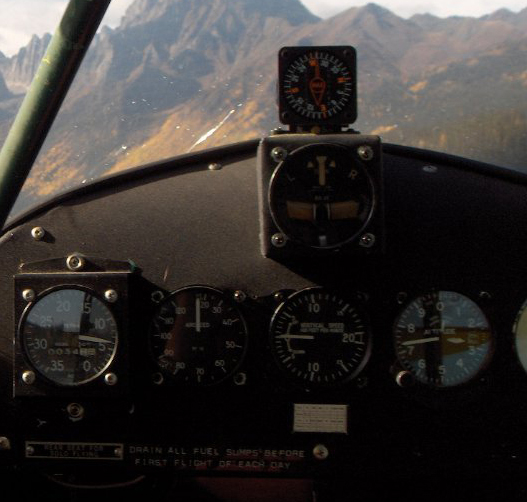 The dash of a sweet airplane. Many, many people have had great flights in this aviation gem. TQ7: And the airplane is a ??? |
|
I WISH I HAD BEEN THERE DEPARTMENT: A certain controller in ?? tower in 1959 instructed a formation
of 36 T-33s to do a 360 - he had a Northstar on final. TQ8: Who was the controller and which tower ? |
|
TQ11: New York's
major international airport is called Kennedy and the identifier is "JFK". What was the name and identifier of this famous airport before 1963 ? |
|
I WISH I HAD SAID THAT DEPARTMENT: A certain controller in ?? ACC back in the '70s, had a
dead-heat crossing track with an AA B747 and UA DC10. Of course neither would take an altitude change so without
hestitation the controller asked to speak to the pursor on the UA DC10. When the pilot asked why the controller
wanted to speak to the cabin crew, the controller replied: "To see if he has enough meals on board for the 340
or so passengers who would be boarding from the right wing in about 8 minutes. Both flights requested an
altitude change. TQ13: Who was the controller and which ACC ? |
|
History: October 4, 1958 -
First transatlantic jet passenger service. BOAC (Speedbird), New York to London. Pan American (Clipper) started daily service, New York to Paris on October 26, 1958. |
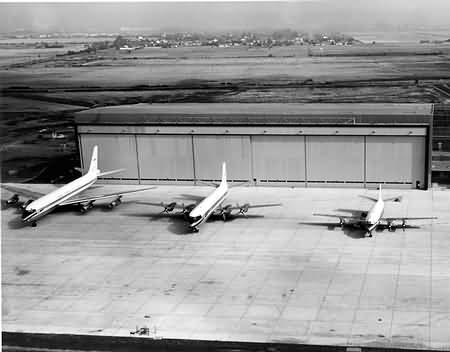 |
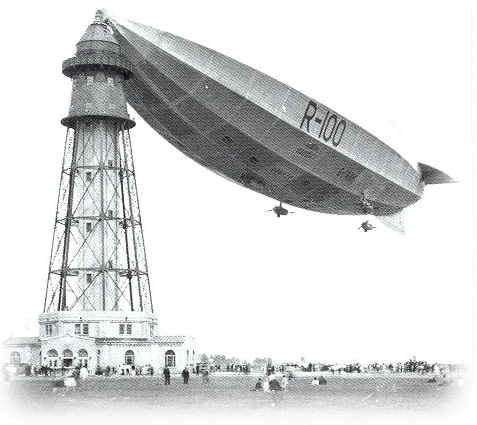 |
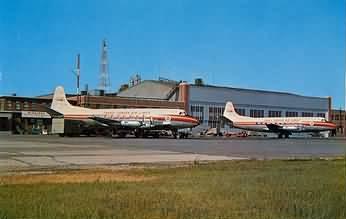 |
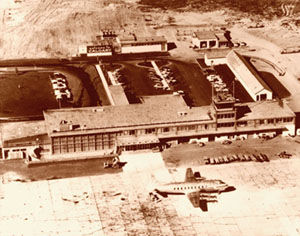 TQ17: Airport and year of the photo?
TQ17: Airport and year of the photo? |
|
TQ18: Canadian ACCs use RDPS.
If JETS was the forerunner of RDPS which was the forerunner of CATS, then what automated system was the
forerunner of JETS, and where and when was it used ? And for the real trivia nut, what kind of
processors did this system use ? |
|
Things you wanted to know but were afraid to ask...:
Phonetic alphabets have been around for a while. |
| post 1954 ICAO |
pre 1954 US Military |
1924-43 RAF |
1916 US Army |
post 1954 ICAO |
pre 1954 US Military |
1924-42 RAF |
1916 US Army |
||
|---|---|---|---|---|---|---|---|---|---|
| A | Alpha | Able | Ack | Able | N | November | Nan | Nuts | Nap |
| B | Bravo | Baker | Beer | Buy | O | Oscar | Oboe | Orange | Opal |
| C | Charlie | Charlie | Charlie | Cast | P | Papa | Peter | Pip | Pup |
| D | Delta | Dog | Don | Dock | Q | Qubec | Queen | Queen | Quack |
| E | Echo | Easy | Edward | Easy | R | Romeo | Roger | Robert | Rush |
| F | Foxtrot | Fox | Freddy | Fox | S | Sierra | Sugar | Sugar | Sail |
| G | Golf | George | George | George | T | Tango | Tare | Tok | Tape |
| H | Hotel | How | Harry | Have | U | Uniform | Uncle | Uncle | Unit |
| I | India | Item | Ink | Item | V | Victor | Victor | Vic | Vice |
| J | Juliett | Jig | Johnny | Jig | W | Whiskey | William | William | Watch |
| K | Kilo | King | King | King | X | X-ray | X-ray | X-ray | X-ray |
| L | Lima | Love | London | Love | Y | Yankee | Yoke | Yorker | Yoke |
| M | Mike | Mike | Monkey | Mike | Z | Zulu | Zebra | Zebra | Zed |
